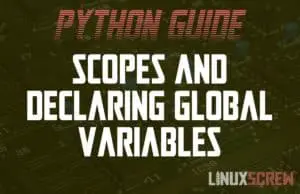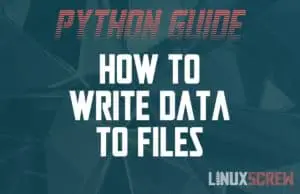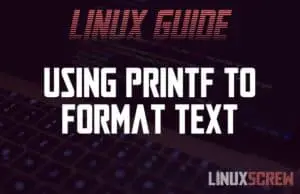Home » 2021
Formatting Numbers with number_format() in PHP [Examples]
This article will explain how to use the PHP number_format() function, with some helpful examples. Different regions use different number formatting – Some countries, including the UK, USA, Australia, and New Zealand, use a comma (,) to separate thousands when writing large numbers and use a period (.) as a decimal separator. Your computer most likely uses the same formatting when storing number values in a database. However, some countries, like Germany, use a period as the thousands separator and a comma as the decimal separator. Others … Read more

![Formatting Numbers with number_format() in PHP [Examples] 1 PHP Number Format](https://cd.linuxscrew.com/wp-content/uploads/2021/09/php-number-format-feature-300x194.jpg)



![Catch Errors/Exceptions in Python with try/except [Examples] 5 Python try/except to Catch Errors](https://cd.linuxscrew.com/wp-content/uploads/2021/09/python-try-except-feature-300x194.jpg)



![Check Disk Health in Linux/Ubuntu [How To / Guide] 9 Linux Check Disk](https://cd.linuxscrew.com/wp-content/uploads/2021/07/linux-check-disk-feature-300x194.jpg)
